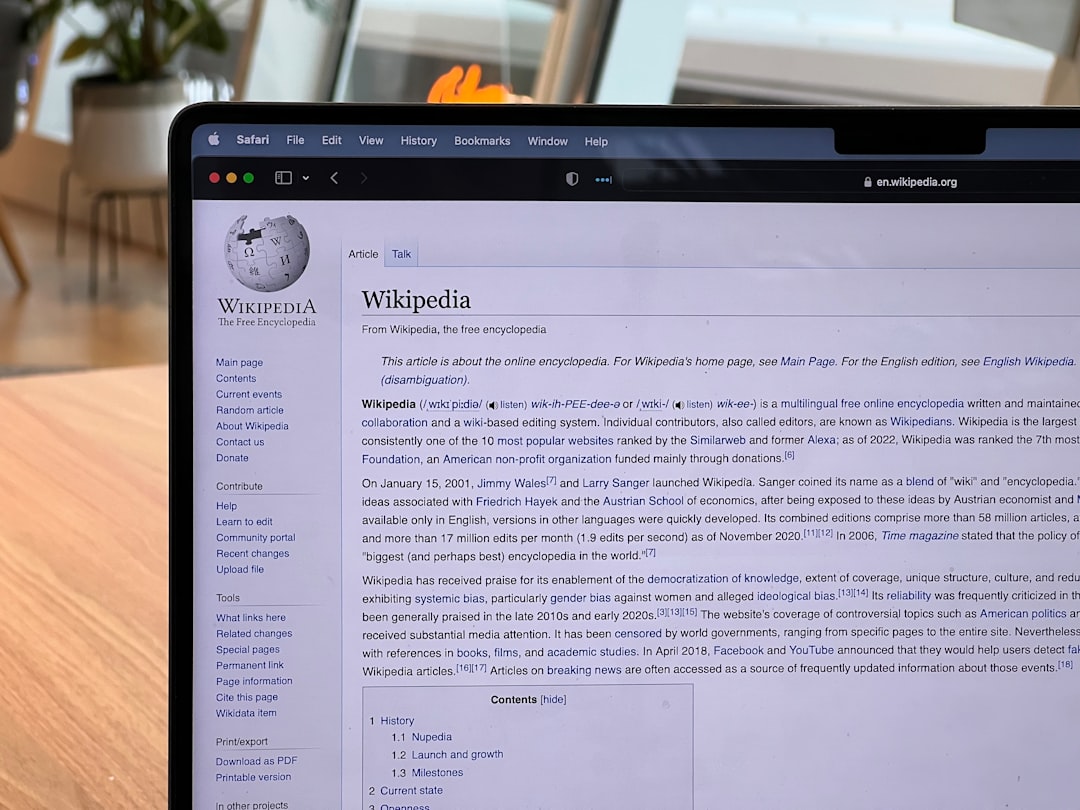Search Engine Optimization (SEO) is essential for increasing visibility and traffic to your WordPress website. Whether you’re running a blog, an eCommerce site, or a news platform, effective SEO practices can dramatically improve your rankings on search engines like Google. This guide will walk you through the most important aspects of WordPress SEO, helping you to enhance your site’s performance the right way.
1. Choose a Reliable Hosting Provider
Before diving into plugins and technical tweaks, the foundation of good WordPress SEO begins with a fast and secure hosting solution. Google uses site speed as one of its ranking factors, and a slow website can negatively impact both your visibility and your user experience.
- Prefer hosts optimized for WordPress
- Look for uptime guarantees and responsive customer service
- Use a CDN (Content Delivery Network) to boost global performance
2. Install an SEO Plugin
To simplify your SEO efforts, it’s highly recommended to install an SEO plugin. The two most popular options are:
- Yoast SEO: Offers on-page SEO optimization, XML sitemaps, breadcrumbs, and more.
- Rank Math: Lightweight, feature-rich, and integrates with Google Analytics and Search Console.
These plugins guide you through optimizing titles, meta descriptions, and keywords on each page and post you create.
3. Optimize Your Content
Content is the backbone of SEO. Even with all the technical optimizations, your site won’t rank well without high-quality, informative, and engaging content.
- Conduct keyword research using tools like Ahrefs, SEMrush, or Google Keyword Planner
- Use your target keyword in the first 100 words of your article
- Break content into headings (H2, H3) and include internal and external links
Additionally, make your articles scannable and add multimedia to increase time spent on the page.

4. Customize Permalink Structure
WordPress allows you to choose how your URLs are structured. From an SEO standpoint, a clean and keyword-rich URL is preferred.
Go to Settings > Permalinks and choose the Post name option. This ensures your URLs are concise and relevant to your content, which search engines favor and users find easier to understand.
5. Build High-Quality Backlinks
Backlinks remain one of the strongest ranking signals in Google’s algorithm. Getting other reputable websites to link to your content indicates that it’s valuable and trustworthy.
Some strategies to earn quality backlinks include:
- Guest posting on relevant blogs
- Creating linkable assets such as ultimate guides and research-based articles
- Building relationships with influencers in your niche
6. Focus on Mobile Responsiveness
With the majority of users browsing on their phones, having a mobile-friendly site is non-negotiable. WordPress offers many responsive themes out of the box, but always test with Google’s Mobile-Friendly Test tool to ensure compliance.

7. Improve Site Speed
A fast website not only improves user experience but also directly influences ranking. Here’s how you can make your site faster:
- Use caching plugins like WP Rocket or W3 Total Cache
- Optimize images with tools like Smush or ShortPixel
- Minimize the use of heavy or unnecessary plugins
8. Secure Your Website
Search engines prioritize secure websites. Make sure to activate HTTPS by installing an SSL certificate on your domain. Many hosting providers now include free SSL via Let’s Encrypt.
9. Set Up XML Sitemaps and Robots.txt
XML sitemaps help search engines crawl your site more effectively. Most SEO plugins automatically create these for you. Similarly, a robots.txt file instructs bots which parts of your website to index.
Ensure your robots.txt file doesn’t unintentionally block important content. You can edit it via FTP or using SEO plugin settings.
10. Track and Analyze Performance
After implementing SEO best practices, it’s crucial to monitor your results:
- Install Google Analytics to track user behavior and traffic sources
- Use Google Search Console to monitor indexing issues, performance, and backlinks
- Regularly review metrics to identify areas needing improvement
Final Thoughts
WordPress SEO isn’t a one-time setup; it’s an ongoing process that requires attention and updates. By combining technical optimizations, quality content, and thoughtful strategies, you’ll build a strong foundation for search engine visibility. Follow the steps in this guide, and you’ll be well on your way to ranking higher and reaching a larger audience.